80-82 Cao Duc Lan, District 2, HCMC, Vietnam
+84 76 865 6688
info@beetech.com.vn
+84 76 865 6688
About us
Contact us
80-82 Cao Duc Lan, District 2, HCMC, Vietnam
+84 76 865 6688
info@beetech.com.vn
+84 76 865 6688
About us
Contact us

How to create barcodes for your products – A safe guide to avoid scams
If you have ever wanted to sell products on Amazon, in supermarkets, or export them abroad, you have probably realized that barcodes are mandatory. It sounds simple: you just get the code, print it, and stick it on the packaging. But many small businesses often encounter difficulties with unreliable suppliers, expensive “barcode packages,” or registrations that look legitimate but don’t work when scanned at major stores. This article will guide you on how to generate barcodes for products correctly, safely, and effectively.
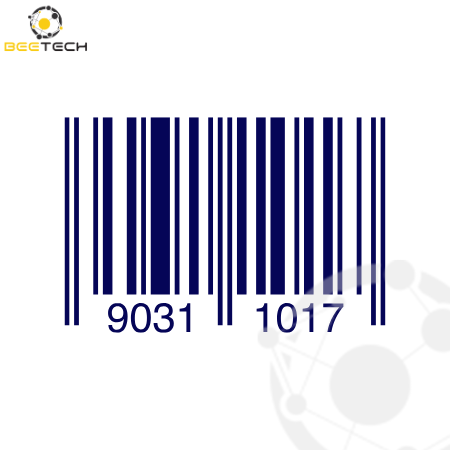
A barcode is not just a label; it is the digital identity of the product. Each barcode contains information about the company, the product code, and sometimes the country of origin. When scanned, the actual product is linked to a database, ensuring that shipping, payment, and inventory management are accurate. When you are learning how to generate barcodes for products, you are essentially creating a global ID that stores and retail platforms can recognize and verify.
Every month, thousands of new business owners search for “how to generate barcodes for products” and find many cheap options like “Only ₹499 for 100 barcodes!”, “Lifetime use!”, “GS1 verified!”. The truth is that most of these transactions do not have legitimate GS1 codes. These sellers often provide expired or previously used company prefixes. As a result, products may be rejected or removed from retail platforms.
No GS1 prefix or business registration.
Advertising “barcode packs available for immediate download.”
Prices that are too cheap compared to the market.
No contact information or clear address.
The simple rule: if it sounds too good to be true, it usually is.
To ensure a barcode works correctly, you need to follow a few basic steps.
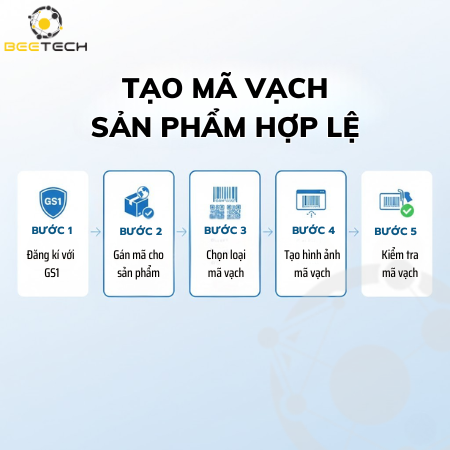
GS1 is an international organization trusted to issue barcodes, from major products like Coca-Cola to local snacks. Visit the GS1 website in your country to register. You need to prepare: business name and contact details, detailed product information, and valid business registration. GS1 will then issue a Company Prefix, the first part of your barcode number sequence.
After receiving your prefix, assign a unique number to each product. For example, if you sell 10 different snacks or 5 types of beverages, each item will have its own number to track SKUs (Stock Keeping Units). This step is crucial, especially for food products, as each flavor or packaging size needs its own barcode.
The most common types are:
EAN-13 (13 digits): Used globally for retail.
UPC (12 digits): Mainly used in the US and Canada.
GS1-128 / ITF-14: Used for shipping boxes or cartons.
If you want to sell packaged products in stores, EAN-13 is the best choice.
Once you have the number sequence, use GS1 software or licensed software to create a barcode image in PNG, EPS, or PDF formats. You can print directly on boxes or create labels. Avoid using “free barcode generators” online, as they often create images only and not legitimate GS1 codes.
Always verify your barcode using an online scanner before releasing the product. Many free tools allow scanning via phone or PC. This is a simple way to ensure correct print size, scannability, and proper formatting.
If you sell food or beverages, additional regulations must be followed:
The barcode must not obscure production or nutritional information.
Include batch numbers and expiration dates for easy tracking.
Use the EAN-13 format for quick scanning.
Track batches to facilitate recalls if needed.
Register early to undergo checks and certifications before distribution.
Many FMCG companies generate barcodes before final packaging to test scanning at stores.
Codes are not legally registered even if scannable.
Reusing old codes for new products.
Poor print quality, too small, or placed near folds.
Not verifying after printing.
Mistakes can be costly to fix, so it’s important to do it right the first time.
Websites selling cheap barcodes often use fake, reused, or GS1-logo-mimicking codes. Risks include invalid prefixes, product rejection on Amazon or stores, global blocking, and intellectual property violations. The only safe way is to register through GS1 or a certified provider.
GS1 provides short-term licenses for small businesses.
Startup support programs or trade associations may help obtain GS1 numbers.
Some large stores provide temporary numbers for small businesses.
Legitimate barcodes always trace back to GS1.
Harvest Lane Foods, a local granola and snack brand, did not buy cheap codes online but registered with GS1 and assigned unique codes to each flavor and size. Within weeks, their products were listed on BigBasket and Amazon Pantry, scanned correctly, and built trust with customers.
Generating a barcode may seem simple, but it is one of the best ways to build trust and credibility for your product. Shortcuts or fake codes can ruin reputation, listings, and peace of mind. Registering with GS1 is the only way to ensure your barcode is globally recognized and legally valid.
With over 12 years of experience in the AutoID industry, Beetech is proud to provide leading RFID solutions and smart devices in Vietnam.
Our experienced engineering team supports businesses from consulting and implementation to full product lifecycle support, ensuring RFID solutions operate stably and deliver maximum value.
Let Beetech be your trusted partner in building smart management systems, helping businesses enhance competitiveness and progress further in the digital era!
📧 Email: info@beetech.com.vn
🌐 Website: https://beetech.com.vn

See more products: Here

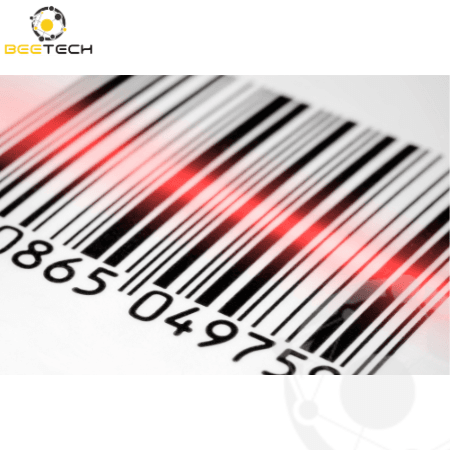
Barcode Technology in the Digital Age: Types, Advantages, Limitations, and How Businesses Can Choose the Right One
18/11/2025 04:12:49
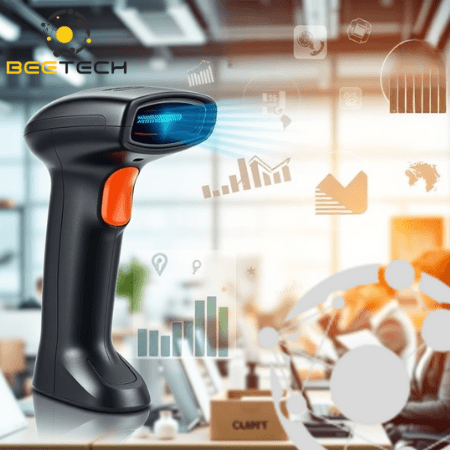
5 Barcode Secrets That Smart Businesses in Vietnam Are Using to Boost Logistics Efficiency
12/11/2025 08:00:46

GS1 US adopts 2D barcodes and intelligent data capture – Advancing toward a transparent and modern supply chain
07/11/2025 06:33:27

Barcode Technology: The Classic Tool Evolving for a Digital Supply Chain Era
06/11/2025 03:37:29
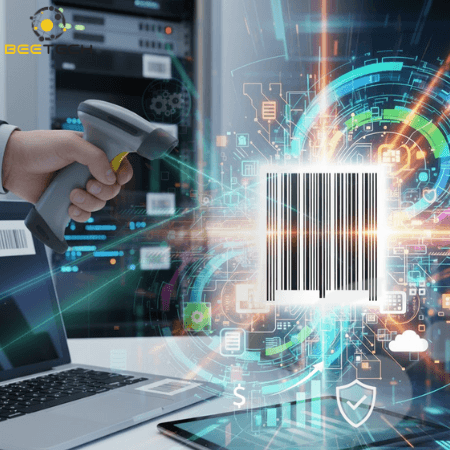
Barcode – An efficient and cost-effective asset management solution for modern businesses
05/11/2025 04:20:46

The future of barcode scanning technology: Key trends and practical applications in the digital era
31/10/2025 04:21:05